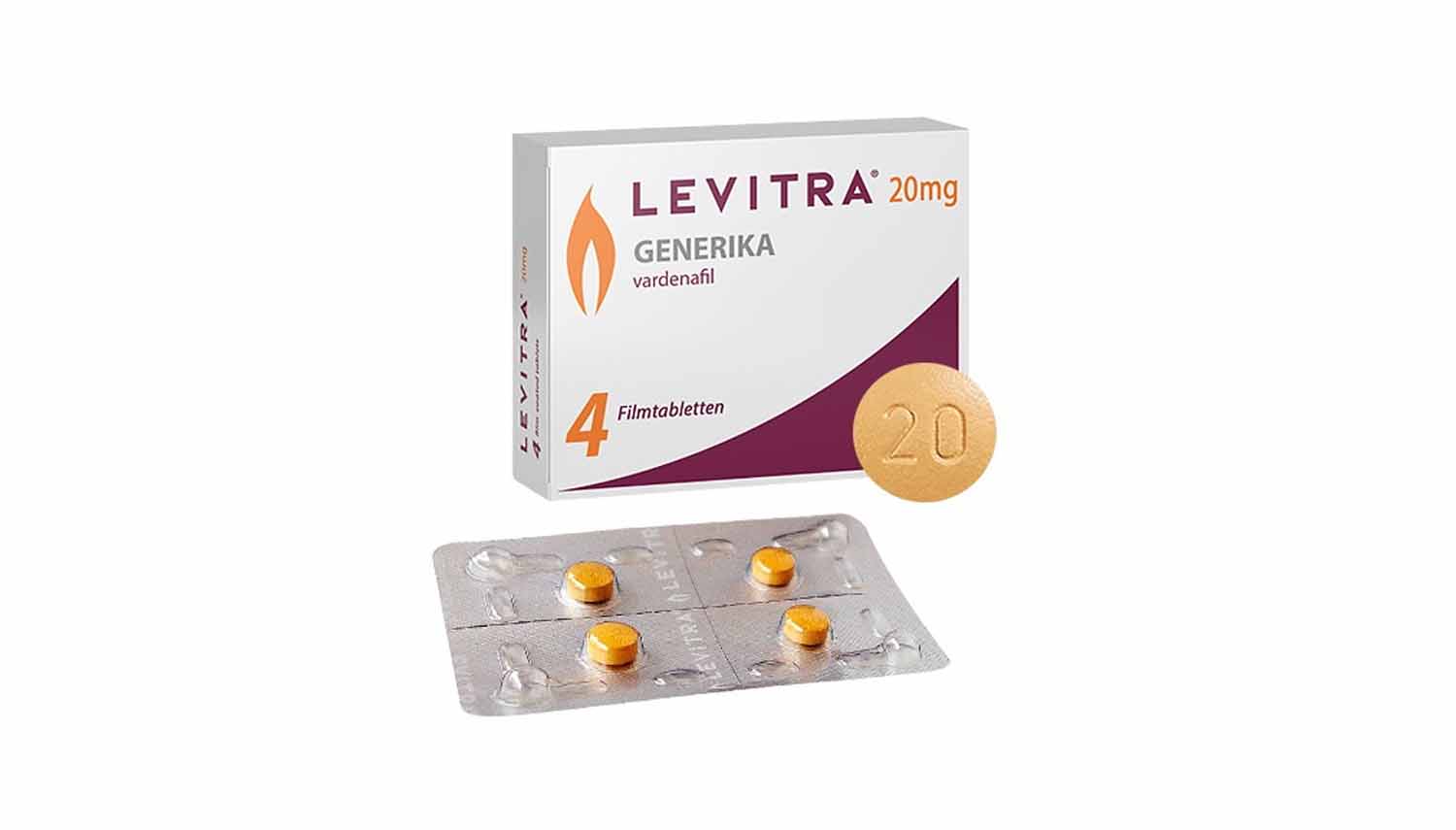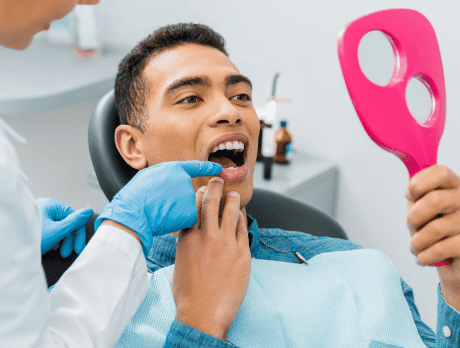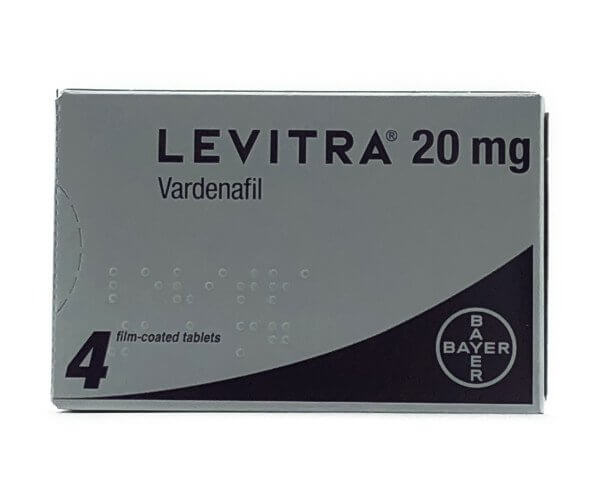Eye bags are a typical cosmetic issue that several people deal with, often arising from aspects such as fatigue, genetics, aging, and also lifestyle selections. Those dark, puffy circles under our eyes can make us look older and much more worn out than we feel, motivating a look for reliable eye bag treatments. In Malaysia, a selection of options are offered for eye bag removal, ranging from at-home solutions to expert therapies. As people explore how to eliminate eye bags, they may take into consideration numerous techniques, consisting of way of living changes, skincare items, and minimally invasive treatments.
Among the easiest home solutions includes making certain that one obtains enough sleep and remains hydrated. Absence of rest can exacerbate eye bags, so it’s essential to prioritize remainder and keep a routine rest timetable. Using chilly compresses can help minimize swelling when it comes to skincare. Products having ingredients like caffeine, which can tighten blood vessels, might likewise provide short-term remedy for puffiness and dark circles. For those looking for extra radical remedies, professional therapies such as fillers and laser therapies have gained appeal.
In the world of cosmetic therapies in Malaysia, numerous centers provide options tailored to eye bag removal. They offer solutions like dermal fillers that can assist bring back volume to the under-eye location, making it less hollow and decreasing the look of bags. Additionally, laser treatments can target the skin’s texture and pigmentation, possibly helping in the reduction of eye bags. Individuals in search of these sophisticated treatments will typically explore reliable centers to guarantee they receive the most effective treatment.
Going on to another widespread problem, stretch marks are yet another issue that lots of people contend with. Stretch marks take place when the skin experiences quick modifications, such as throughout maternity, weight gain, or puberty, causing scarring in the skin’s dermal layer. The good news is, various stretch marks treatments are offered, especially in Malaysia, where an increasing variety of centers concentrate on visual solutions. For those looking into stretch marks treatment, options differ commonly, from topical lotions to extra advanced techniques.
Laser stretch mark removal has actually verified to be one of one of the most effective solutions readily available today. This procedure uses targeted laser treatment to promote collagen manufacturing, therefore boosting the look of existing stretch marks. Different sorts of lasers, such as fractional laser and ablative laser, can be utilized relying on the seriousness and sort of stretch marks. Several individuals have actually turned to these therapies in hopes of attaining smoother, much more also skin.
Additionally, it’s crucial to combine professional therapies with at-home treatment for ideal outcomes. Individuals usually question how to get rid of stretch marks properly, and a comprehensive technique incorporating both professional therapies and way of life adjustments is normally the most effective.
The world of hair removal has also seen a remarkable development throughout the years, with laser hair removal emerging as among the most sought-after choices. This approach of hair removal makes use of concentrated light to target hair follicles, resulting in a reduction in hair development with time. In Malaysia, laser hair removal solutions are commonly available in various centers, especially in city areas like Kuala Lumpur (KL).
What collections laser hair removal besides standard approaches such as shaving or waxing is its capacity for permanent hair removal. The process normally needs numerous sessions to accomplished desired results, but also for many, it represents a long-lasting solution to unwanted hair. Options such as diode laser hair removal and Alexandrite laser hair removal deal with different hair types and skin tones, supplying individuals with customized options that best suit their needs.
People considering hair removal frequently ask yourself how to remove hair permanently. With consistent treatment gradually, several experience considerable decreases in hair development, causing smoother skin without the demand for constant upkeep. In Malaysia, facilities have a tendency to offer detailed consultations, enabling people to review their particular demands and any type of skin concerns they might have.
Still in the realm of aesthetic treatments, HydraFacial has additionally gained prevalent popularity as a face treatment aimed at boosting skin health and wellness with a non-invasive procedure. The treatment can deal with a range of skin problems, from clogged pores to irregular skin tone and dry skin.
Discovering the most effective HydraFacial center frequently includes looking for facilities that prioritize person care, supply sophisticated innovation, and use qualified experts. In cities like Kuala Lumpur, one can find an array of clinics promoting HydraFacial as a best option for those wanting to enhance their skin’s appearance without medical treatment. This treatment is specifically appealing to individuals aiming for a glowing skin, as it offers prompt outcomes with very little downtime.
In addition, it’s worth keeping in mind that the aftercare post-HydraFacial treatment is equally important to maintain outcomes. Remaining moisturized, making use of mild skin care products, and using sun protection are vital for keeping the impacts of the treatment. Those considering HydraFacial needs to also ask about the frequency of treatments required to maintain and achieve wanted results.
Eye bag treatment in Malaysia can range from topical lotions instilled with caffeine– known to decrease swelling and improve circulation– to professional treatments such as facial fillers or laser treatment. It is vital to talk to a skin specialist or visual professional to identify which approach fits your certain needs best. While some might favor the convenience of home treatments, others might locate long lasting outcomes through expert treatment. Taking on a healthy way of life, consisting of hydrated skin, a well balanced diet, and adequate rest, can substantially contribute to lowering the appearance of eye bags over time.
The quest for efficient stretch marks treatment has actually led numerous to explore a range of choices, specifically in Malaysia, where technology and skincare developments are making waves. This treatment targets the much deeper layers of the skin to advertise collagen production, thus improving the texture and appearance of stretch marks.
In enhancement to laser treatment, there are numerous at-home treatments and topical treatments marketed for stretch marks. It’s crucial to bear in mind that while some treatments may decrease the appearance of stretch marks, complete removal may not be attainable for every person.
In the realm of hair removal, advances have likewise arised that provide long-lasting options. Laser hair removal attracts attention as one of one of the most effective methods for attaining permanent hair removal. This technique utilizes focused beams to target hair follicles, resulting in considerable hair reduction over time. Lots of individuals in Malaysia are currently opting for laser hair removal as a result of its low-maintenance nature contrasted to standard techniques like waxing or shaving. Centers across the country, particularly in significant cities like Kuala Lumpur, use numerous laser hair removal choices, including diode laser hair removal and Alexandrite laser hair removal, both well-regarded for their efficiency and security.
Selecting the best hair removal treatment necessitates mindful factor to consider, specifically relating to skin kind and hair texture, as not all methods suit every individual. Conducting adequate research study or assessment with a qualified expert can make certain an effective end result. Besides laser alternatives, countless various other hair removal strategies are readily available in Malaysia, including IPL (Intense Pulsed Light) treatments and electrolysis, each with its one-of-a-kind benefits and disadvantages. Lots of people are really searching for ways on how to remove hair permanently from details areas, making enlightening oneself regarding these approaches necessary.
One more increasing trend in the beauty and skincare market is the HydraFacial, a treatment created to offer deep sustenance and hydration to the skin. Known for its ability to boost skin appearance and tone instantly, this treatment entails a multi-step process that cleans, scrubs, and moistens the skin, making it an eye-catching alternative for those looking for glowy skin in a relatively short quantity of time. The HydraFacial supplies a personalized experience by enabling professionals to tailor the treatment to address details skin issues, making it perfect for individuals taking care of whatever from acne marks to fine lines.
Whether you are battling eye bags, stretch marks, unwanted hair, or just seeking to renew your skin, the landscape of charm therapies in Malaysia supplies different choices customized to certain demands. The substantial developments in laser technologies and visual treatments over the previous years have made these treatments much more available, efficient, and sought-after. As the charm industry remains to develop, people have to remain well-informed about the myriad of therapies offered to guarantee they achieve the very best possible outcomes for their skin and body.
With a range of therapies readily available in Malaysia, ranging from laser treatments to face therapies, individuals can discover options that best fulfill their aesthetic needs. As one looks into treatments for eye bags, stretch marks, or hair removal, partnering with a credible center and looking for expert advice can lead the method for reliable end results.
Check out Hair Removal efficient therapies for eye bags, stretch marks, and laser hair removal in Malaysia, where a blend of professional care and at-home treatments can help you achieve your aesthetic objectives.




